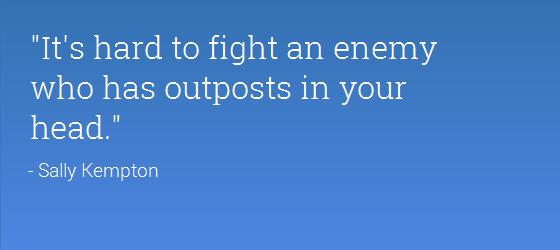Detournement is a french word that can be loosely translated into re-route or hijack. It’s a concept first developed by the Letterist international in the 50s and then further used by the break-off group, the Situationist international in the subsequent decades. It had a big influence on the May 68 uprising and other similar glimpses of change. It has also sprung similar movements and ideas like ad-busting and culture jamming.
Originally defined in the inaugural 1958 Situationist International’s journal as “the integration of present or past artistic productions into a superior construction of a milieu. In this sense there can be no situationist painting or music, but only a situationist use of those means. In a more elementary sense, détournement within the old cultural spheres is a method of propaganda, a method which reveals the wearing out and loss of importance of those spheres.”
It is in similar vain to satire, detournement is use of art to subvert an original piece. That original piece is usually a conservative or consumerist item which attempts to convince or trick people into accepting or buying into the capitalist system and it’s components. Hence the most regular form of detournement is turning or editing advertising or mass media (that which perverts human culture) into itself and into avant-garde attack. As seen in the example below.

Apple’s Ipod advert has been edited as a highlight of the war in Iraq and the torture in the abu ghraib prison at the hands of US troops
The original work is hence detoured or hjiacked, and instead is used to subvert the status quo. It functions as a way of getting the same audience to think and to think about the original media in a completely different fashion, one that questions the effect propaganda/advertising has and the system it perpetuates.
Detournement has lived on into more contemporary times as well. Most significantly in groups like adbusters, or in artists like Chris Morris and even at times Banksy. It can be an effective tool of subversion for activist groups and the like. Fragments of the occupy movement’s art, can also thank the influence that detournement had on them.
Furthermore as the methods of suppression and alienation have became more and more sophisticated, as Mczenie Wark notes in the spectacle of disintegration, so too should the methods of detournement. Social media’s onset allows information to be shared as never before and it’s up to us as the mediums of creation to influence what that information is. Hence the rise of duplicate twitter pages of people never associated with an anti-capitalist message like JFK or Picasso, and Facebook pages that devote themselves to create detournement images like The slow burning fuse or Adbusters themselves.
Finally, the protruding quote above signify’s the effect propaganda and advertising can have. How can we win, if that is the case? The answer lies in the ability to create counter hegemony and part of this process is detournement, turning the system against itself. Detournement is a rejection of the bourgeois standards of culture that have been set, everyone can be an artist and break their shackles. It’s not something difficult to do and should be recommend for everyone to partake in, with the added bonus of the process of creation fulfilling us more than any of these materialistic products that these adverts promote ever could.



